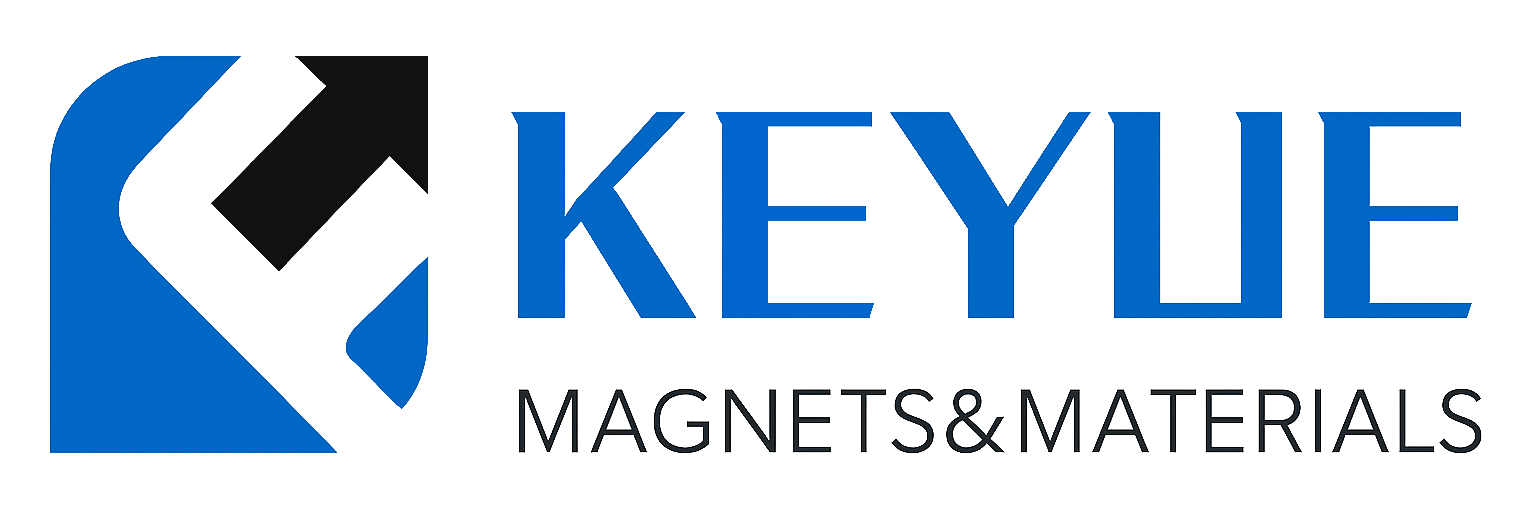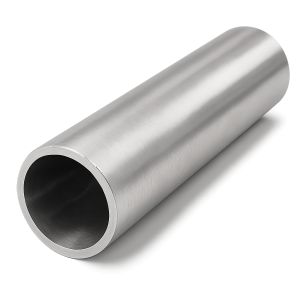描述
铌管(Nb Tube)
产品简介
铌管(Nb Tube)是一种由高纯铌(Purity ≥ 99.9%)制成的难熔金属管材,具有优异的延展性、高温强度、耐腐蚀性与超导性能。铌在真空、高温和酸性介质中表现出极高的稳定性,是电子、真空、超导及核能领域的重要结构与功能材料。
凭借其极低的蒸气压和优异的机械性能,铌管常用于超高真空系统、半导体工艺设备、超导磁体与高温实验系统中。
产品详情
苏州科跃材料科技有限公司提供的高纯铌管采用**电子束熔炼(EBM)或真空电弧熔炼(VAR)**工艺生产的高纯铌锭,经挤压、冷拉与真空退火制备,结构致密、纯度高、表面光洁。
典型规格如下:
-
纯度等级:99.9%、99.95%、99.99%
-
外径范围:3 – 100 mm
-
壁厚范围:0.3 – 8 mm
-
长度:≤2000 mm(可定制)
-
制造工艺:EBM / VAR 熔炼 + 热挤压 + 冷拉 + 退火 + 抛光
-
表面状态:亮银灰色 / 抛光 / 酸洗 / 去氧化膜
铌管具有优良的塑性和抗蠕变能力,适合在高温真空或强腐蚀环境中长期使用。
应用领域
铌管在科研与高科技工业中应用广泛:
-
超导领域:用于NbTi、Nb₃Sn等超导线圈与磁体结构。
-
真空电子工业:用于真空腔体、电子枪套管与蒸发源。
-
半导体与光学镀膜:用于PVD/CVD设备的高纯导流与结构件。
-
核能与高温系统:作为真空导管、加热元件支撑与反应器结构。
-
化工设备:耐酸性强,用于硫酸、氢氟酸系统的耐蚀部件。
技术参数
| 参数 | 典型值 / 范围 | 说明 |
|---|---|---|
| 纯度 | 99.9% – 99.99% | 高纯度减少杂质影响 |
| 密度 | 8.57 g/cm³ | 组织致密、无气孔 |
| 熔点 | 2477 °C | 难熔金属特性 |
| 抗拉强度 | ≥500 MPa | 高强度兼具延展性 |
| 热导率 | 54 W/m·K | 稳定导热性能 |
| 电导率 | 6.6 × 10⁶ S/m | 良好的导电性 |
| 工艺 | EBM/VAR + 退火 + 抛光 | 提高纯度与表面光洁度 |
常见问题(FAQ)
| 问题 | 答案 |
|---|---|
| 铌管是否适合真空环境? | 是的,铌具有极低蒸气压与气体释放率,非常适合UHV系统。 |
| 是否具有磁性? | 无磁性,适用于超导与磁场敏感应用。 |
| 铌管能否耐高温? | 可长期工作在2000°C以下真空环境中。 |
| 是否可焊接? | 可进行电子束焊、氩弧焊或真空钎焊。 |
| 是否提供超导级纯度? | 可提供4N以上电子级或超导级铌管。 |
| 可否用于强酸性环境? | 对氢氟酸、硫酸具有极高耐蚀性。 |
| 是否可定制尺寸? | 可按客户图纸加工各类非标尺寸。 |
| 是否可用于薄膜沉积系统? | 是的,常用于溅射腔体或靶材结构件。 |
| 是否附带检测报告? | 提供纯度、密度与显微组织检测文件。 |
| 是否可小批量供应? | 支持科研样品与批量生产。 |
包装与交付
所有铌管出厂前均经过真空退火与表面检测。产品采用真空密封、防氧化包装,并配备防震、防潮木箱。可附RoHS、REACH、COC与材料分析报告,确保运输安全。
结论
铌管(Nb Tube)以其优异的耐腐蚀性、高温强度与超导特性,广泛应用于科研、真空系统及高科技制造领域。
如需了解更多技术参数或获取报价,请联系:sales@keyuematerials.com

.png)

-300x300.png)
-300x300.png)
评价
目前还没有评价